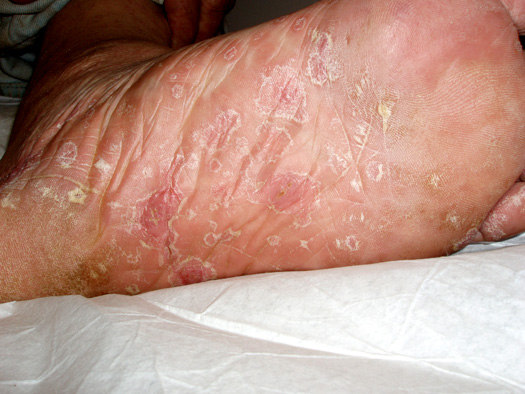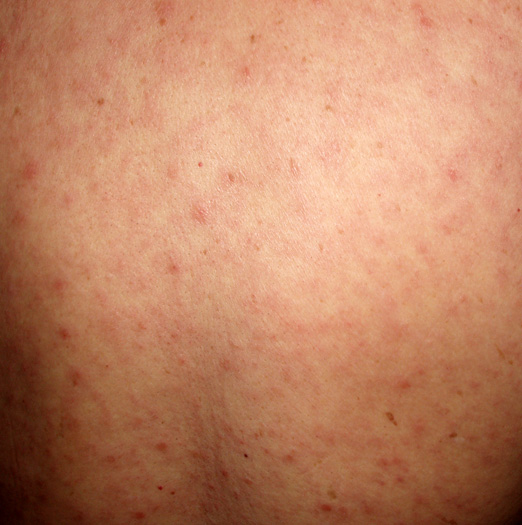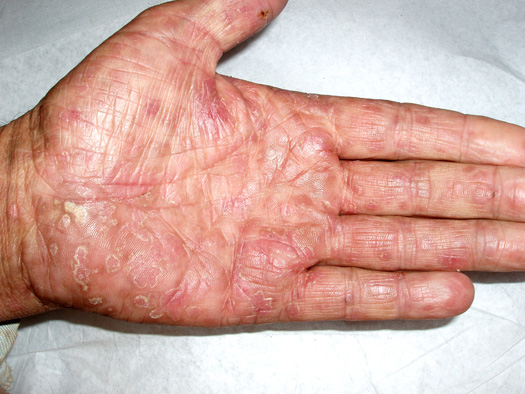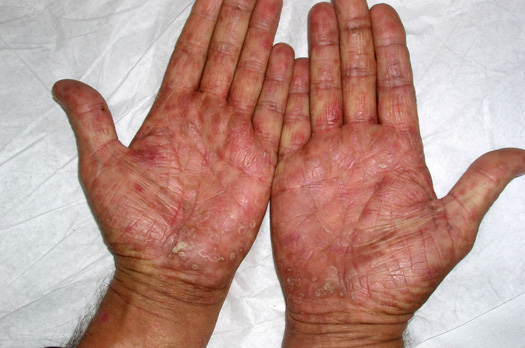Syphilis history and symptoms
|
Syphilis Microchapters | |
|
Diagnosis | |
|
Treatment | |
|
Case Studies | |
|
Syphilis history and symptoms On the Web | |
|
American Roentgen Ray Society Images of Syphilis history and symptoms | |
|
Risk calculators and risk factors for Syphilis history and symptoms | |
Editor-In-Chief: C. Michael Gibson, M.S., M.D. [1]; Associate Editor(s)-In-Chief: Lakshmi Gopalakrishnan, M.B.B.S. [2]
Overview
Syphilis is a curable sexually transmitted disease caused by the Treponema pallidum spirochete. The route of transmission of syphilis is almost always by sexual contact, although there are examples of congenital syphilis via transmission from mother to child in utero. The signs and symptoms of syphilis are numerous; before the advent of serological testing, precise diagnosis was very difficult.
History & Symptoms
Primary syphilis: Chancre
- Single painless papule which rapidly progresses an ulcerated, indurated lesion
- Chancre is usually located on the penis,cervix, labia, anal canal, rectum or oral cavity
- Regional lymphadenopathy accompanies primary lesion.
- Onset within a week
- Lymph nodes are firm, painless, non-tender and non-suppurative
- Primary chancre heals spontaneously within 4-6weeks; however, regional lymphadenopathy may persist for longer periods.
Secondary syphilis: Condylomata Lata
-
Erruption on Sole of Foot Associated with Secondary Syphilis.
-
Generalized (Maculo-Papular) Eruption Associated with Secondary Syphilis.
-
Palmar Erruption Associated with Secondary Syphilis.
-
Palmar Erruption Associated with Secondary Syphilis.



